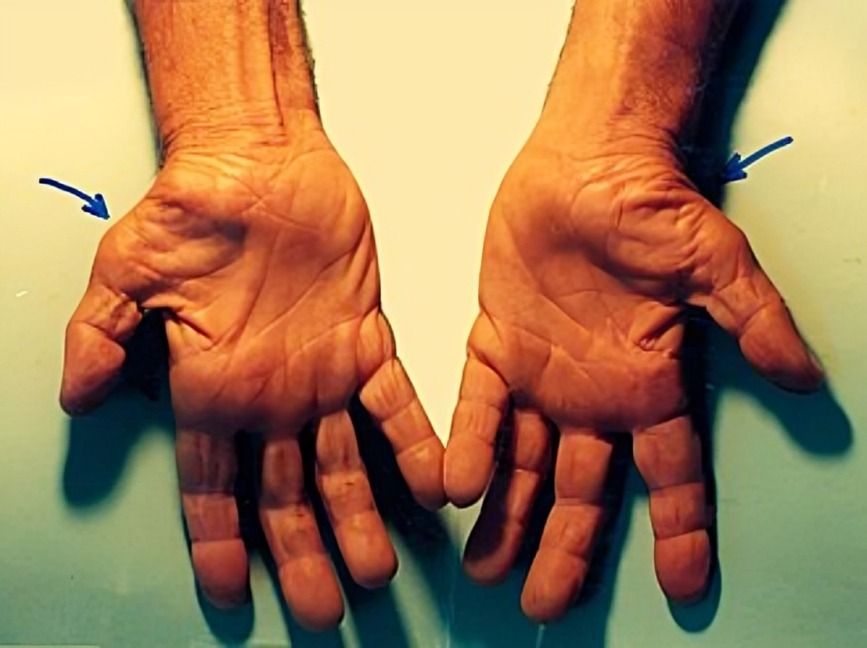
“
The wrist, often overlooked, is a marvel of intricate design and function, crucial for many everyday activities. This complex joint consists of eight carpal bones, supported by an array of ligaments, tendons, and muscles. Its importance in maintaining balance, performing fine motor skills, and contributing to overall hand function highlights the wrist as a remarkable component of the human body. Exploring its anatomy and roles reveals the wrist as a true marvel of human engineering.1
1
”
The wrist is composed of 8 small bones known as carpal bones. These bones are intricately arranged in two rows, each contributing to the wrist's complex structure. This arrangement allows for a wide range of motion and strength in the wrist. 1
The eight carpal bones of the wrist are named scaphoid, lunate, triquetrum, pisiform, trapezium, trapezoid, capitate, and hamate. Each bone plays a specific role in the wrist's structure and movement. 2
While fitness trackers have become commonplace, the technology embedded in these wristbands is rapidly evolving. Beyond heart rate and step counting, modern biometric wristbands can monitor blood pressure, glucose levels, and even detect early signs of stress or disease. 3
The first attempted wrist replacement surgery dates back to 1890 in Berlin. However, it wasn't until the late 20th century that successful and reliable wrist replacement procedures became a reality for the first time. 4

Carpal Tunnel Syndrome occurs when the median nerve, which travels through a narrow passage in the wrist known as the carpal tunnel, becomes compressed. This compression can cause significant pain, numbness, and tingling in the hand and fingers.
The most commonly fractured wrist bone is the radius. The wrist consists of eight small carpal bones and two long forearm bones, the ulna and radius. Fractures often occur at the distal end of the radius, closer to the hand. 5
Wrist replacement surgery has seen significant advancements in recent years. Surgeons now employ innovative techniques like minimally invasive approaches, which reduce scarring and recovery time. 6
The wrist houses numerous tendons that play a crucial role in connecting muscles to bones. These tendons are vital for facilitating both precise and powerful hand movements, enabling us to perform tasks that demand fine motor skills and strength. 7
The wrist is prone to injuries like sprains, fractures, and strains, often due to its involvement in many daily activities and sports. Such injuries can significantly impact wrist function and require proper treatment. 8
Blood supply to the wrist comes from the radial and ulnar arteries, which deliver vital nutrients and oxygen to the hand and forearm. This circulation is crucial for maintaining wrist health and functionality. 9
The record for the most eggs crushed by the wrist in 30 seconds is 25, achieved by Balakrishnan Sivasamy from Malaysia. This feat was accomplished at Restaurant Naina Mohamad in Perak, Malaysia, on September 20, 2005. 10
Despite its delicate appearance, the wrist is remarkably strong and resilient. It can endure significant forces, enabling us to carry heavy objects, play sports, and perform various tasks with efficiency and stability, showcasing its impressive strength and versatility. 11
A robot wrist is a crucial component that provides skill and precision to a robotic arm. It typically consists of three interconnected axes that allow for rotation in various directions, enabling the end effector to be positioned accurately. 12
Scientists are exploring the possibility of creating wristbands that can interface with the brain. These devices could translate neural signals into commands, allowing users to control external devices or even communicate without speaking. 13
Primates exhibit flexible wrists essential for grasping and manipulation, while hoofed animals have more rigid wrist structures to support their weight and facilitate running. In contrast, aquatic mammals like dolphins and whales have transformed their wrist bones into flipper-like structures. 14


